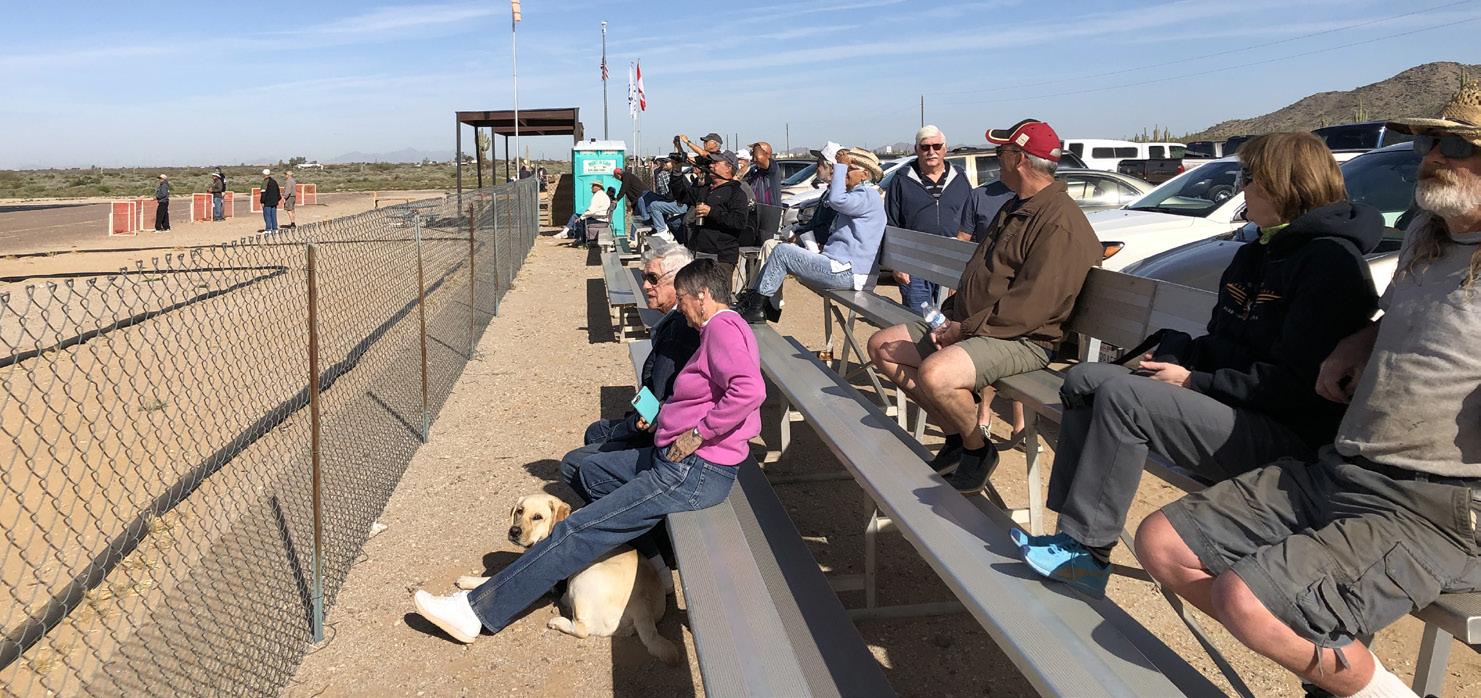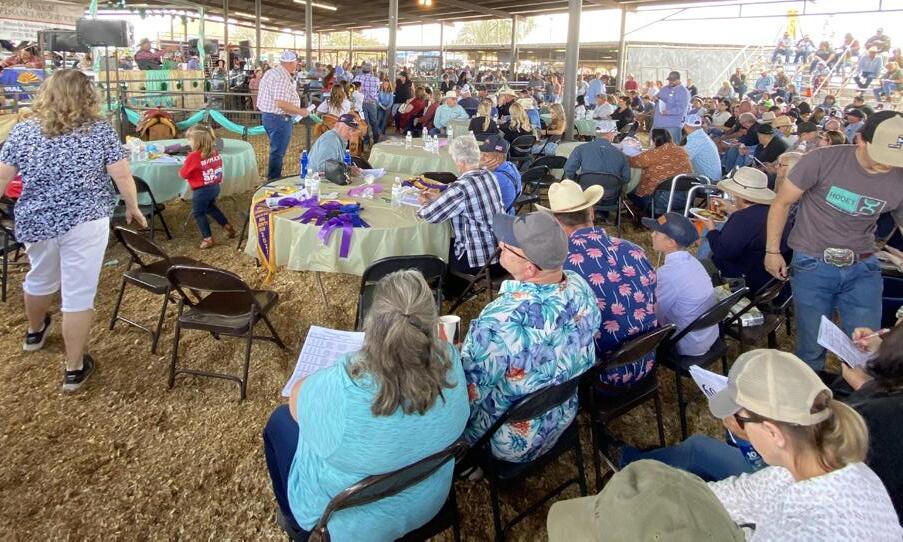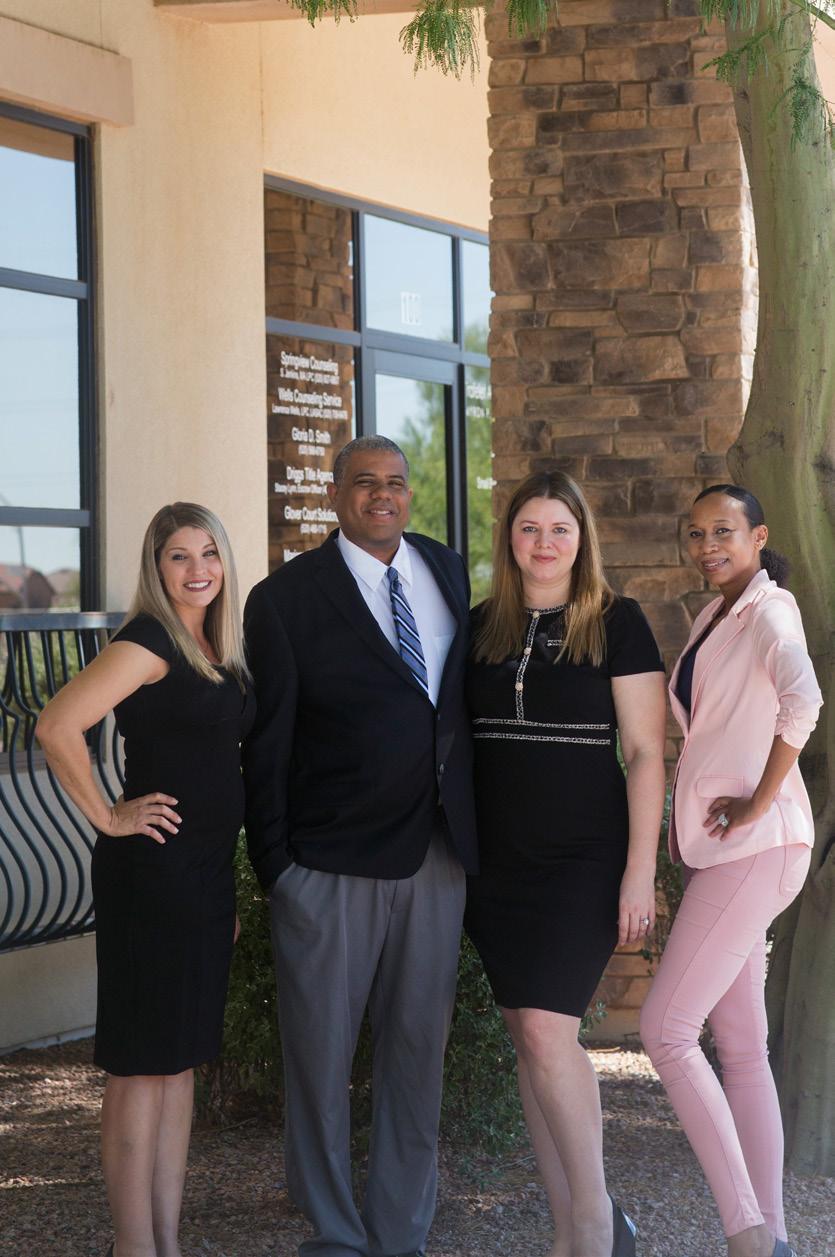
5 minute read
Adding your Children to your Real Estate
by Patricia Glover, CLDP, CP/ACP, CNSA Certified Legal Document Preparer, Glover Court Solutions & Estate Planning
Co-owning real estate with your children may create more problems than it solves and may not achieve your intended goals in the long run. Setting up a revocable living trust or recording a beneficiary deed, which only transfers ownership of your home upon your death, may be used to avoid these risks.
No “take backs”: If you want to sell or refinance your home, you must obtain signatures from each person who jointly owns your home. If that person is incapacitated, you may end up in probate court asking a judge for permission to sell your own home.
Or if the person refuses to sign, you may end up in costly litigation trying to remove the co-owner from your deed.
Creditors: A person’s primary homestead is typically protected from creditors; however, when you add a person onto the deed, it loses some of those protections. Also, if your child gets divorced, your home may be considered part of your child’s assets subject to distribution in the divorce proceedings.
Taxes: If your child predeceases you, you may owe inheritance tax on the portion of your home you prematurely “gifted” to your child. Additionally, home values typically increase over time, and half of the gain may become taxable to your child when the home sells.
Such taxes can be avoided by transferring the property through inheritance instead.
Heirs of a deceased co-owner: Depending on how the deed is worded (e.g., “tenants in common”), your child’s heirs may have a legal claim to your home if your child predeceases you.

Just
Digital Presence Management
A



Ensure










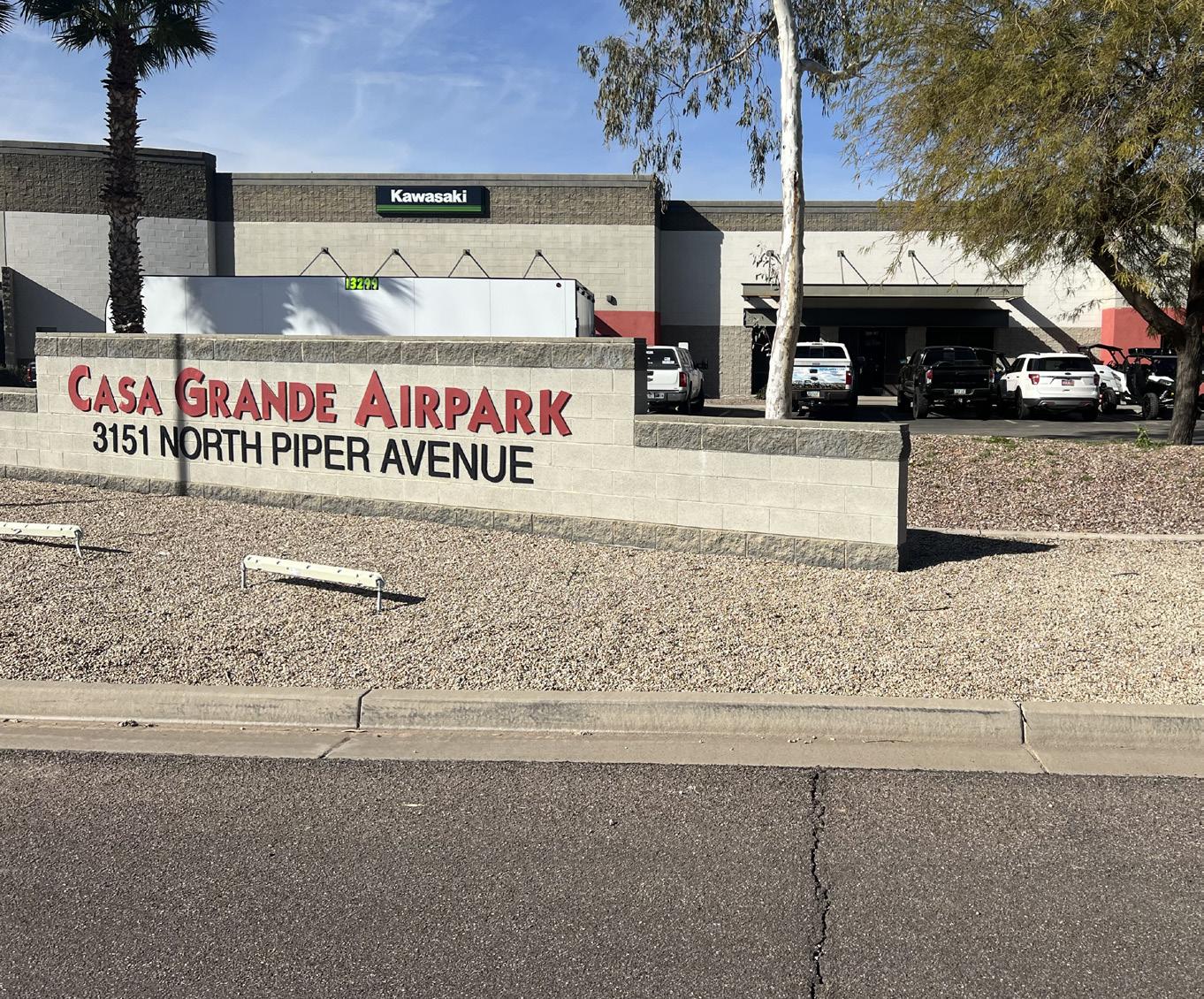

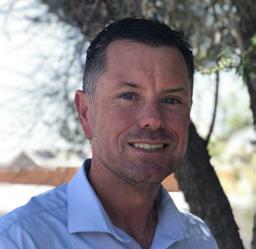

Continued from page 17
We have the Taiwan Semiconductors of the world; that is a monster project. It’s a $40-billion project in Phoenix. We have at least five now, possibly six, of their supply chain locating in Casa Grande. And I think we’ll see more.
I think we’ll see as Lucid grows that they continue their expansion, increase their number of employees and increase their output. I think they’re producing about 80 cars a day or close to their initial target of 30,000 cars a year. They’ve got 2.8 million square feet of new construction that will be open in the next six to eight months.
GRANDE LIVING: Let’s talk about this for a minute: How many hours do you suspect you devote to this job a week? 70, 80?
Mayor Craig McFarland: No, I wouldn’t say it’s that much.
GRANDE LIVING: We’ll call it 60. That’s a nice round number. How on earth can anyone but a retired person do this job? Both in terms of time and finances?
Mayor Craig McFarland: Mayor is supposed to be a part-time job, it’s not.
GRANDE LIVING: So part of me would like to say that the public doesn’t appreciate the hours you put in, but on the other hand, they may because you run unopposed every single time. So, I mean all the pictures of you at ribbon-cuttings and chairing committees and speaking before the news cameras, it may have hit home. But it’s a big job.
Mayor Craig McFarland: It is a big job, and it really needs to be a full-time job. I don’t think that’s going to happen anytime soon. But as we get larger, and as we grow, when we hit that 100,000 population mark, which I think will happen in the next 10 years, we need to look at part-time versus full-time mayor job expectations.
If you listen to the 2020 census, we were at about 53,700. But we were right in the middle of a pandemic. People wouldn’t answer their doors. People didn’t fill out forms or complete the survey online. We have a fairly large elderly population; they didn’t come out of their houses. And we also have a very large Latino population, and they didn’t trust the government.
But my point is that we were way undercounted. The 2019 Census Bureau estimate was 57,700, and if you just take the housing, the new housing starts in the last five years, our population has to be close to 62,000 to 65,000.
GRANDE LIVING: It’s pretty obvious. So, whether you do or not, I will rank economic development as your biggest accomplishment. What would you say is your second biggest accomplishment?
Mayor Craig McFarland: A couple things. I think the collaboration between education and workforce development has been key. Workforce development is critical to bringing in all this industry, and without a good education system feeding your workforce, it doesn’t happen.
And I think that bringing all the educators and education systems together, and at least having some collaborative conversation, has been a key accomplishment.
And then along with that, the collaboration with the Homeless Commission. We had 15, 16 different social organizations doing their own thing. And with the help of (City Council members) Lisa Fitzgibbons and Donna McBride, the three of us really built this collaborative effort to bring everybody together.
We’re rebranding the commission as CGHELPS because it addresses more than just homelessness. It brings the social organizations together like Sun Life Health, Faith Based Alliance, Laundry Love, CAHRA (Community Action Human Resources Agency), portable showers and CHIPS, just to name a few. This and many other groups help people who need help and we have the CGHELPS resource center in Peart Park, so it makes sense to rebrand. And then under that umbrella, we help the homeless, we help those who are near-homeless, we help those who need help.
GRANDE LIVING: Do you want to talk a little bit about residential development in the last several years and where that’s headed?
Mayor Craig McFarland: We have seen tremendous growth in residential development over the last five years. Since 2018 Casa Grande has issued 4,283 single family building permits. That’s an average of 850+ permits per year. Recently however, we have experienced a big increase in interest rates that is having a negative effect on new home starts.
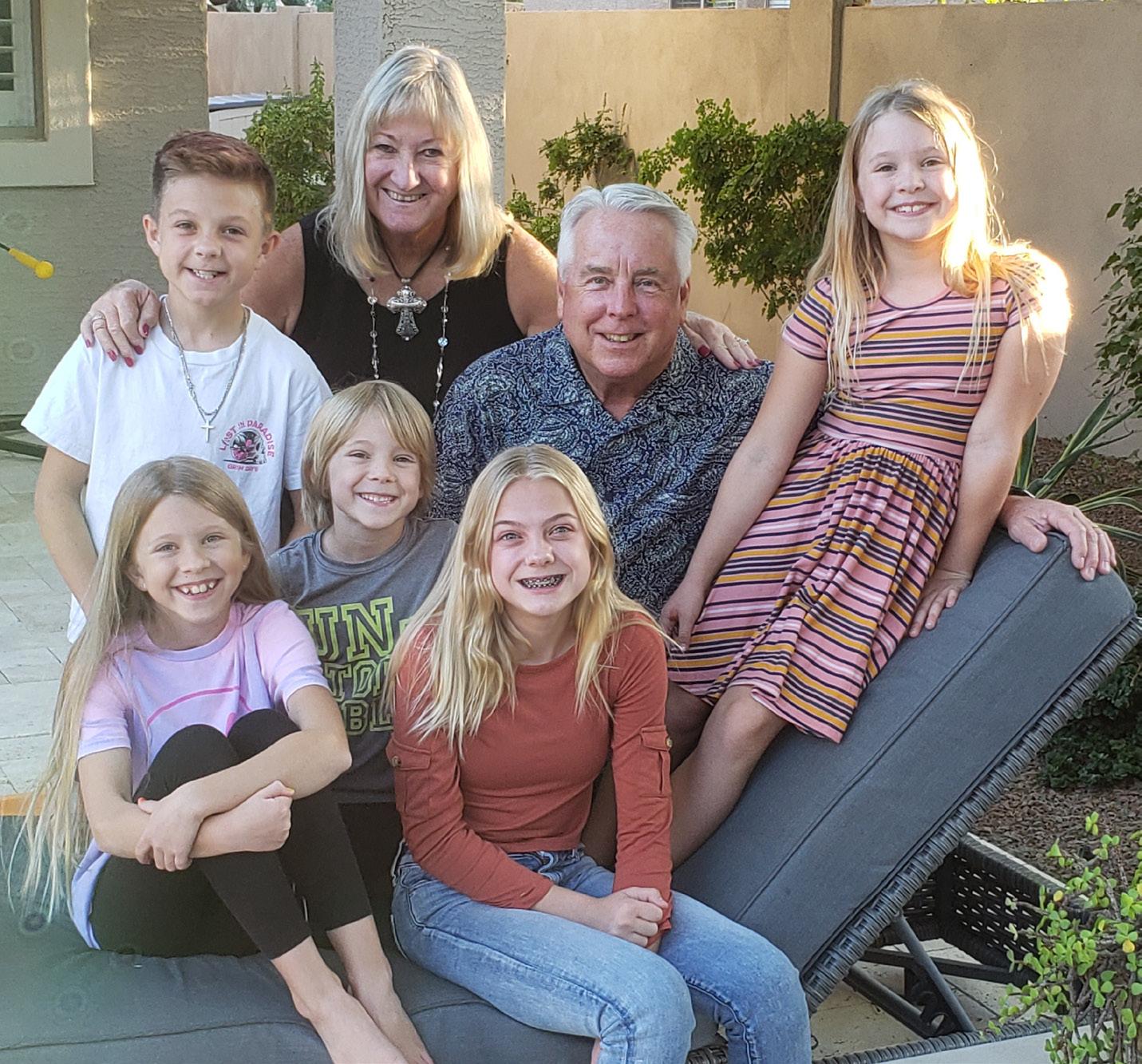
We still have a very large housing need with all our new industry.
On the bright side, home starts are down but, we should have close to 1,000 new single-family-for-rent product coming on line in 2023.
So we’ll see what happens out there, but I think we’ll continue to see growth. I think this downturn is a lot different from the last one. We still have new jobs coming in. We have tons of new people coming into town. We need places for them to live. They need houses, they need apartments.
We haven’t built and opened a new apartment in 15 years. Now we have new apartments on Kortsen, Trekell , Peart, Florence, and most of those are the singlefamily-for-rent product, which is a nice product.
GRANDE LIVING: Let’s open the category of things left undone. What’s a giant gap that just hasn’t come to fruition in your mind, in your heart, on your agenda?
Mayor Craig McFarland: Trails, and the new park and park upgrades at Paul Mason/Rodeo facility. Some of the things I was hoping for were passing our bond questions this past November election. We should have gone for the bond election two years ago when interest rates were really low.
GRANDE LIVING: So do you take that as a failure on your part? Not to push it further two years ago?
Mayor Craig McFarland: To some degree. I think we should have done it in 2020. This past year interest rates have come back up. The failure of the bond election this past November, I think, was voter fatigue, and a long ballot. It was four pages, and I think people were just not in the mood.
I think we’re going to try again. One bond out of the four did pass. And so it tells me that our constituents are interested in good roads.
Continued on page 96



